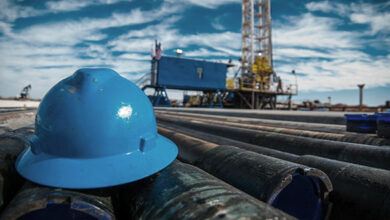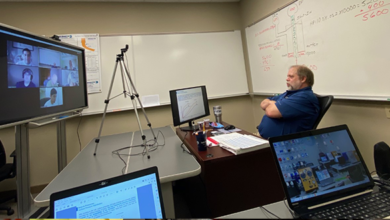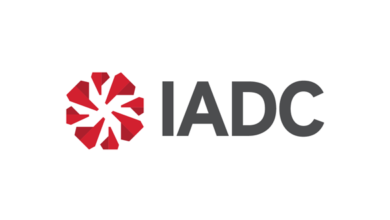Jerome Schubert, Texas A&M University: Recognition that there’s always more to learn drives passion for research, academics
By Jay Stracke, Editorial Assistant
In the drilling business, it is important to understand that, however much knowledge one person may have, there are always other people who know a great deal more. To admit that you do not know everything, but at the same time have a willingness to learn, is an attitude that has served Dr Jerome Schubert well through his career. And it is this same attitude that has driven him to his current role as Associate Professor within the Harold Vance Department of Petroleum at Texas A&M University.
“If you get on the rig and admit that you don’t know a lot, they will do everything in the world to keep you out of trouble. And they did,” he recalled of his time working on drilling rigs in the late ’70s and early ’80s.
Born in Bayside, Texas, and growing up near the prolific oilfields of South Texas, Dr Schubert developed a fervor for the oil and gas business from an early age. It also seemed natural for him to choose a petroleum engineering major at Texas A&M University, during which time he completed an internship with Quintana Petroleum Corp. The opportunity exposed him to a wide range of oilfield fundamentals.
After graduating in 1978, Dr Schubert went to work for Pennzoil as a drilling engineer on offshore rigs – the kind of rigs that are part of an era that has since passed. “All of them were kelly drive. No top drive yet. And mud motors were only used to make corrections in direction or inclination. They never lasted long enough to use continuously,” he explained.

Equipment and technologies were basic compared to today, but the oil business was booming, and it felt like companies couldn’t hire and train people fast enough. Although Dr Schubert was just a new graduate at the time, he recalls being entrusted with a great deal of responsibility at the rig site. “At eight or nine months into the job, you were basically on your own. You were the companyman out there. You had to rely on the crew, the drillers, the toolpushers and everybody else,” he said. “You looked out into the Gulf of Mexico and saw lights in the distance from the other rigs. It was an exciting time to be out there.”
After four years with Pennzoil and then five years with Enron, Dr Schubert, like many of his peers, fell victim to the oil price crash and ensuing industry downturn. It wasn’t until the early 1990s that he found his way back to the industry, teaching well control courses at the Petroleum Training Institute in Victoria, Texas. To his surprise, he took a liking to working in academics – mostly because it allowed him to satisfy his own desire to continue learning and because of the opportunity to interact with students.
This job then opened the door to another teaching position a few years later at Texas A&M University. The school’s Petroleum Engineering Department had received a state-of-the-art drilling simulator through a donation and was seeking to build an industry well control course around it. Through an Aggie connection, Dr Schubert was offered the opportunity to design and implement well control courses, while teaching undergraduate courses.
This work allowed him to have a simultaneous opportunity to earn a master’s degree over the next few years, and it led to an invitation in the mid-’90s to be a part of a riserless drilling joint industry project (JIP) funded by ConocoPhillips, Hydril and a number of other operators and drilling contractors. Dr Schubert’s involvement encompassed writing well control procedures for dual-gradient drilling and developing a well control training program for dual gradient. The work from this JIP, by both Dr Schubert and his colleagues, would go on to pave the way for wider use of managed pressure drilling throughout the industry, he said. “For about three years, that was the biggest research project we had in our department.”
More recently, Dr Schubert has been studying riser gas penetration, using a dual-gradient drilling lab at A&M that had been modified for a joint project with Louisiana State University, funded by the National Academies of Sciences, Engineering and Medicine’s Gulf Research Program. “We’re looking at how gas behaves in the drilling riser when it gets in there,” he said.
Guiding this research is Dr Schubert’s continued recognition of how much more he – and the rest of the industry – can still learn, as well as his drive to uncover what is unknown. “We, as a drilling industry, still don’t know much about how gas and fluids behave down in the well,” he said. “That’s what we’re trying to find out.”
In the coming year, Dr Schubert said he plans to cut back on teaching so he can devote more time to working with the industry. “I want to get back and be involved with the IADC committees more,” he said, especially the well control and MPD groups. “I want to do what I can to help.” DC




